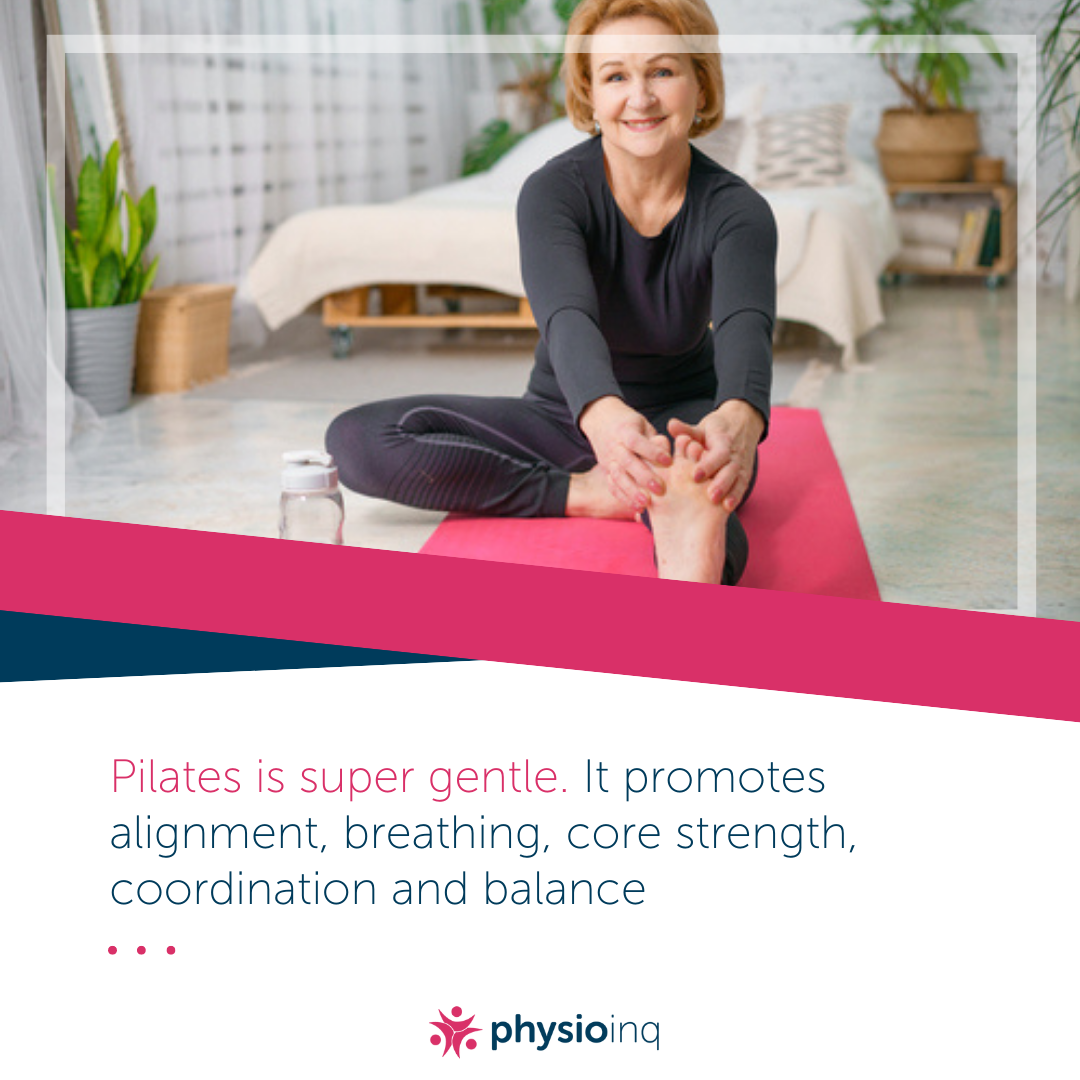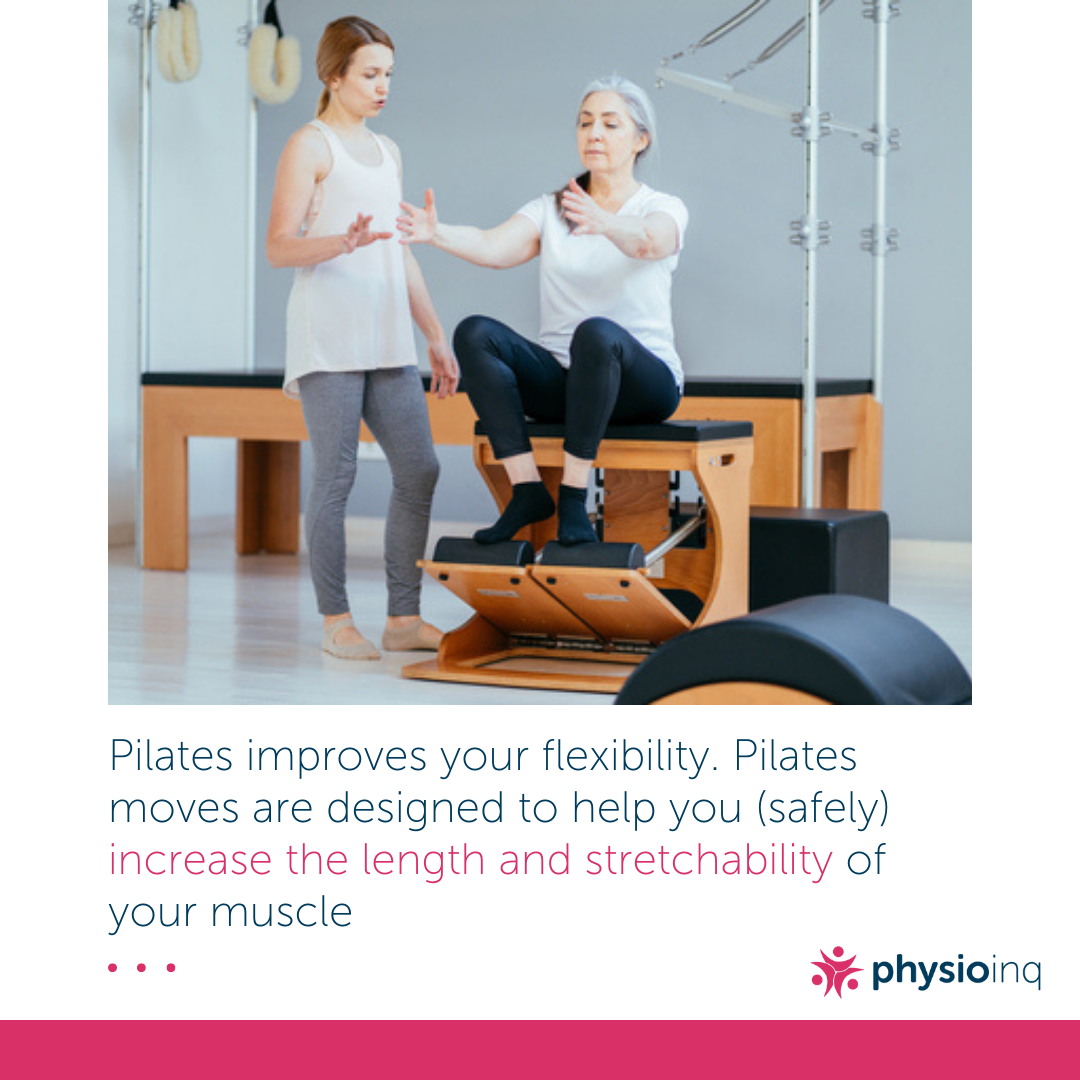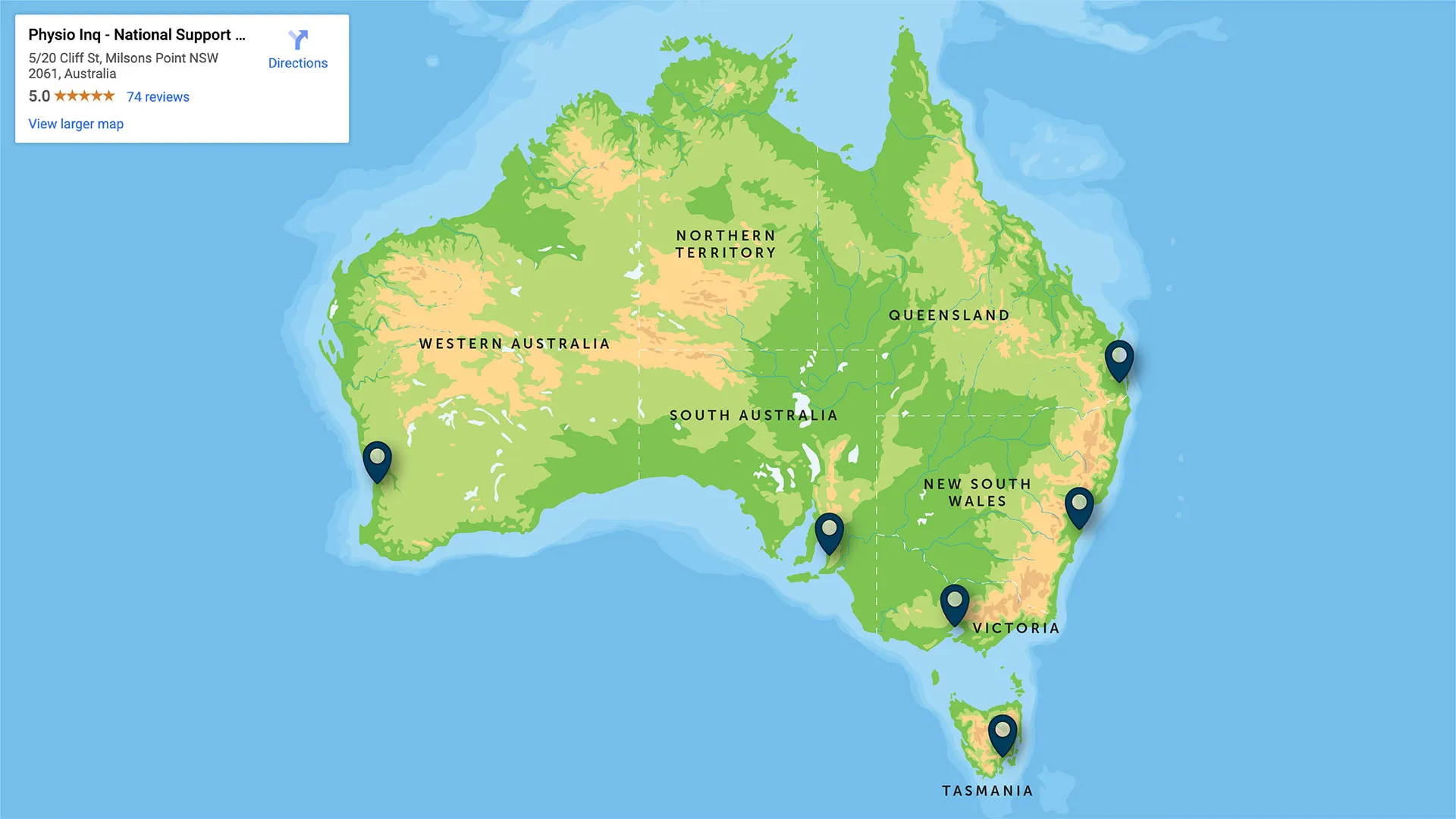Pilates For Older Women | Regain The Body Of Your Youth
Originally Published Apr 6, 2017
Middle-aged—hearing yourself being called one doesn’t excite a lot, I understand.
You know that your body is undergoing hormonal changes which are going to make you feel even more groggy and less active.
Well, it’s all right if you are in your 40s and already started feeling the symptoms related to your age, but if your fitness levels go down (which is also a normality in middle-aged individuals) that’s quite your own fault.
If you have to go to give up on your fitness level, just because you are into your 40s, this is one serious mistake that could put you through a lot of health conditions like obesity, stress, low energy, and even diseases like blood pressure and diabetes.
You don’t have to take it easy because you’re a middle-aged person now, rather, it’s your time to make up for all the time that you spent in front of your computer screens to make your life work out.
The interesting part, however, is that you don’t have to sign up for a gym membership, and you don’t need to watch tutorials on YouTube or find yourself some fitness trainer. Getting in shape or achieving your desired fitness levels doesn’t have to come at a high cost, always. You could go for a brisk evening walk, cycling, or swimming to keep yourself fit and active, but if you haven’t ever tried Pilates in your life before, you need to get yourself acquainted with this exercise because of its wholesome benefits.
Pilates is largely about controlled and quality movement and doesn’t include any weight training. Therefore, it’s perfect for older adults who don’t want to risk their bodies to injuries. The exercise has a very low impact on the body and is very gentle for the joints.
The usual workout that we come across inside a weight training room leads to the building up of short and bulky muscles that aren’t very beneficial for someone who is in their 40s.

What are the benefits of doing pilates?
Body reshape
If you are really up for losing a few extra pounds or improving your overall fitness, Pilates is the ultimate and easy doorway to regain the curves of your youth. It’s not some celebrity fad and has some real body toning results. From Cameron Diaz, to Sandra Bullock, and Kate Winslet, some of the fittest Hollywood celebrities have been doing Pilates for years, and the results are quite visible in front of us.
More stability and balance
Because Pilates is focused on increasing the core strength of the body, most of its exercises revolve around controlled and focused movements. Pilates leads to better control and stability through a small range of movements which could then later be translated into a larger range of movements. Better stability and control is very essential for older adults as fractures, which are most common with older adults, are usually caused due to tripping over something and losing balance. With Pilates, you are reducing the risk of falls by improving your balance.
Ailment for arthritis and osteoporosis
Poor bone health is also associated with middle age, but with the gentle movement of Pilates, it’s possible to defy the worse symptoms of osteoporosis and stenosis. Also, standing Pilates leg exercises could largely help with improving bone density in both the spine and hip. There are tons of benefits of Pilates, but make sure that if you are suffering from osteoporosis or stenosis, it could be risky for you to perform an exercise that includes extension or flexion. So always consult a Pilates instructor before getting started.

Types of Pilates for Older Women
There are two types of Pilates: mat and reformer.
Mat Pilates is done on a yoga mat and you use your body weight, resistance bands, a block, and sometimes small weights. This class is a great way to start your Pilates journey and being to build up some core strength and stabilization.
If you are looking to jump to level 2, the reformer is for you! The reformer is a complex pulley system with all sorts of attachments and adjustments to train and tone different areas of your body.
The reformer is fun. You get to lie on your back while getting an insane workout and stretch, all in one!
Where do I start?
Start by going twice a week to an hour-long Pilates for older women lesson. This could be either mat or reformer. If you are loving it, try bumping up to three times a week.
You can search for a pilates studio for reformer, private reformer lessons or mat pilates classes. Many physiotherapy clinics also offer Pilates and can be a great place to start.
Is Pilates for me?
If you want to increase your core strength, flexibility, and overall stability in your body, give Pilates a try. Pilates are exercises for older women that will give you a toned look without the bulky, overly-muscular feel.
Another big component of Pilates is connecting breath to movement. You can learn to control your breathing to help with the difficult part of a movement, or the relaxation part of the movement.
This breathwork can also benefit you outside of your pilates classes. You can use it to calm your heart rate and decrease your brain wave frequency to help calm the heart and mind.
If you stick with this practice for at least 6 months, you will see and feel a difference in your body. Physically speaking, Pilates targets your legs and abs. It’s said that the biggest difference is seen with consistency, so stick with it!
You’re working the length of your muscles while activating them, so it might be a bit of a different sensation than you’ve experienced before. Feel for your muscles to shake when doing the exercise, it shouldn’t take too long if you’re doing it right!
Exercises for Older Women with Osteoporosis
If you have osteoporosis, you’ll want to stick with reformer Pilates more than mat Pilates if possible. Mat Pilates involves a lot of rolling and twisting of the back and spine, which you will want to avoid.
On the other hand, Reformer Pilates puts less pressure on your joints, making it perfect if you have osteoporosis. Make sure to ask your instructor about any modifications you may need.
Exercises for Older Women with Arthritis
Pilates for older women is great for those with arthritis because you get to avoid weigh bearing movement putting pressure on your joints. Modify any movement that does irritate your body, and make sure your movement is deliberate.
Pilates is a great way to do exercises for older women! It’s efficient and safe and you’ll receive so many benefits including increased flexibility, core stability, muscle lengthening, muscle toning, and a positive impact on many modality issues.
There’s a level of Pilates for everyone. Try mat Pilates if you are a beginner and work your way up to the reformer. Stick with it and you are sure to feel and look your best!
Exercises for Older Women with Osteoporosis
If you have osteoporosis, you’ll want to stick with reformer Pilates more than mat Pilates if possible. Mat Pilates involves a lot of rolling and twisting of the back and spine, which you will want to avoid.
On the other hand, Reformer Pilates puts less pressure on your joints, making it perfect if you have osteoporosis. Make sure to ask your instructor about any modifications you may need.
Exercises for Older Women with Arthritis
Pilates for older women is great for those with arthritis because you get to avoid weigh bearing movement putting pressure on your joints. Modify any movement that does irritate your body, and make sure your movement is deliberate.
Pilates is a great way to do exercises for older women! It’s efficient and safe and you’ll receive so many benefits including increased flexibility, core stability, muscle lengthening, muscle toning, and a positive impact on many modality issues.
There’s a level of Pilates for everyone. Try mat Pilates if you are a beginner and work your way up to the reformer. Stick with it and you are sure to feel and look your best!
Disclaimer
The information provided on this blog is intended for educational and informational purposes only. It is not intended to be a substitute for professional advice or treatment. Always seek the advice of a qualified professional with any questions you may have regarding a medical condition. Never disregard professional medical advice or delay in seeking it because of something you have read on this blog.


